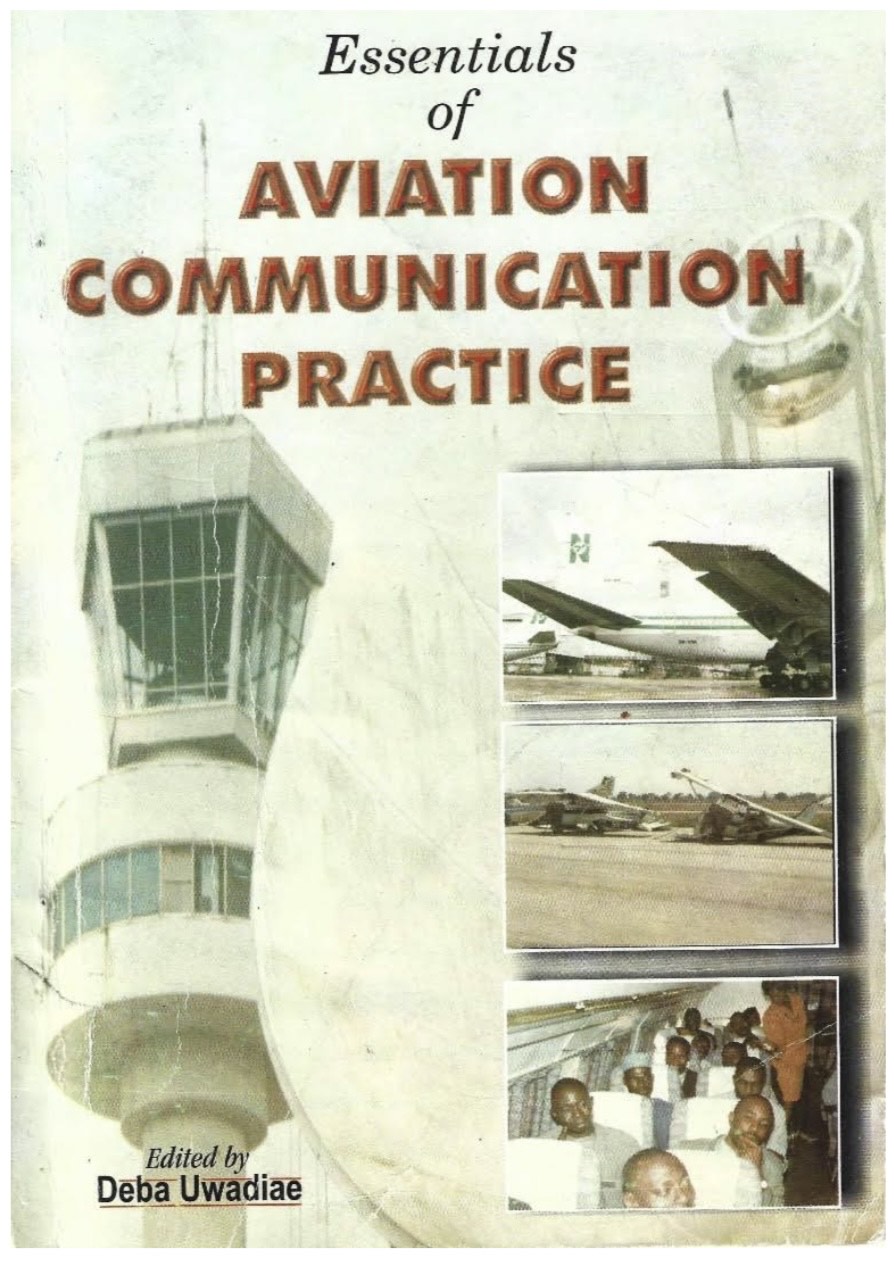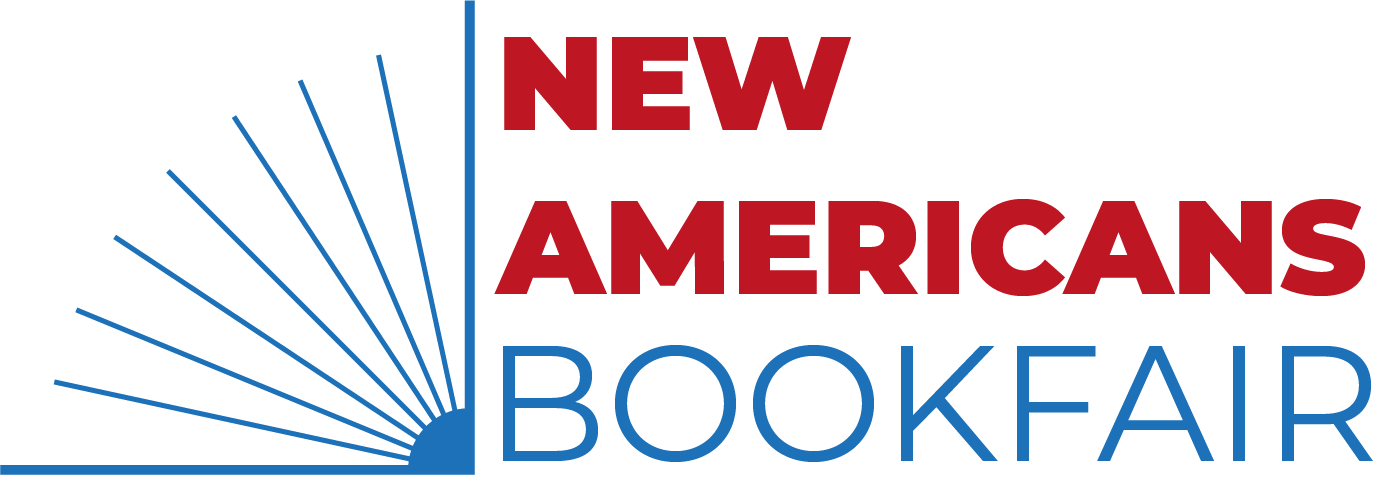
By Nosa Igiebor
Most people are unfamiliar with aviation’s arcane technicalities and its business terminologies. For instance, how many journalists, including aviation correspondents, know the differences between a wet lease and a dry lease? Or the intricate, seamless working relationships among air-traffic controllers, meteorologists, also known as the weathermen, and other groups of aviation specialists that ensure that an aircraft can take off, fly and land safely? This is why the initiative to organise the Annual Lagos Aviation Reporting Workshop in November 1997 was a very timely and positive intervention.
The workshops have produced the materials that have given birth to ESSENTIALS OF AVIATION COMMUNICATION PRACTICE. The book is a compendium of various papers by various experts on different aspects of the aviation industry, and the publication of such a book has long been overdue.
When Deba Uwadiae first discussed his idea of publishing the book with me, I thought he was crazy. My initial thought about it was: “Who will be interested in such a book?” But the more I thought about it, it dawned on me that Deba, a very serious, focused journalist whom I have known for many years, was onto something illuminating. Until I read the book. I didn’t know which part of an aircraft is the fuselage. I had always associated fuselage with an aircraft’s fuel tanks.
There has long been a crying need for the huge gap in the knowledge of the press about the aviation industry in Nigeria to be filled. And this book will, certainly, achieve that. Hopefully, too, it will spur the emergence of more such books in the future.
This is imperative because once the press is well informed about the aviation industry, it will be better equipped to inform the public and correct many of the misconceptions about the industry.
NOSA IGIEBOR, LAGOS, OCTOBER, 2000.

